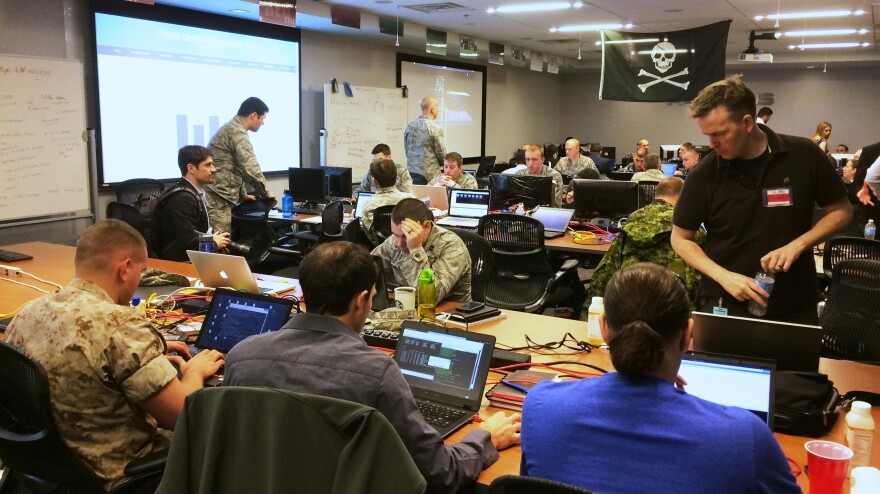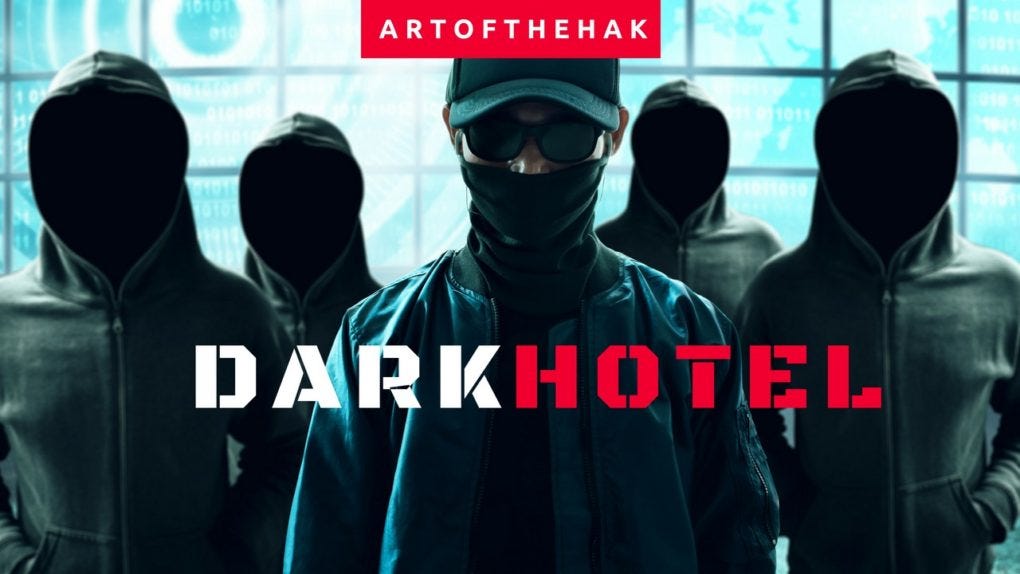
As cybersecurity changes all the time, hacking groups keep making global digital threats by mixing state-sponsored spying, hacktivism, and cybercrime. As of 2025, the cyber realm has experienced more geopolitical tensions, with nation-state actors using advanced persistent threats (APTs) as cryptocurrency thefts and hacktivist attacks rise in response to events in the Middle East and Asia. Using media coverage, cybersecurity reports, and threat intelligence, this list ranks the top 10 most well-known hacking groups based on how long they’ve been around, how much they’ve affected history, and what they’ve been up to lately. Popularity here is based on how well-known a person is, how often they are mentioned in the media, and how much they affect the cybersecurity conversation, not just how good they are at tech. These groups, which range from decentralized collectives to covert state operations, remind us that the digital world is still a fight.
List Of Top 10 Most Popular Hacking Groups In the World 2025
1. Anonymous

Anonymous, founded in 2008 on 4chan, is the classic hacktivist collective. With Guy Fawkes masks and the tagline “We are Anonymous. We are Legion,” the organization targets perceived injustices through DDoS attacks, data dumps, and website defacements. From anti-corruption campaigns to global protests, their operations serve social objectives.
Anonymous splinter groups increased in 2025. Anonymous VNLBN launched a major cyberattack on government and infrastructure sites in Vietnam in April amid regional tensions. Previous to April 7, hacktivists used DDoS floods and data dumps to protest continuing conflicts as part of OpIsrael 2025. February threats included leaks against autocratic regimes.
2. Lizard Squad

Lizard Squad, a young, aggressive black hat gang that targets gaming networks with DDoS attacks, emerged in 2014. The UK and Canadian teens claimed “King of DDoS” title by utilizing booters (DDoS-for-hire services) to disrupt services for fame and profit.
Lizard Squad is mostly gone by 2025, with founder “Ryan Cleary” previously arrested and prosecuted. In June 2025, Wired revisited the 2014 Christmas Day Xbox Live and PlayStation Network outage, which left millions offline and exposed consumer electronics vulnerabilities. Although no new assaults have been claimed, their methods impact present DDoS squads.
3. APT28 (Fancy Bear)

APT28, also known as Fancy Bear or Pawn Storm, is a highly advanced Russian state-sponsored outfit that is connected to the GRU’s 85th Main Special Service Center. They have been active since at least 2007 and are quite good at spear-phishing, spreading malware, and interfering with elections. Their targets are governments, militaries, and NATO partners. Fancy Bear has changed since 2025 with the use of encrypted apps. In July, they used Signal Messenger to control attacks on dissidents and authorities, getting around traditional detection methods. The UK’s NCSC blamed them for the “Authentic Antics” malware campaign in the same month, which led to fines against operators for spying on important infrastructure.
4. Lazarus Group

The Lazarus Group, also known as APT38, is North Korea’s top cyber force. Since 2009, it has scared the world by mixing spying and financial crime to pay for the state. They work with the Reconnaissance General Bureau to use wipers like WannaCry and advanced malware to steal things. Lazarus stole $1.5 billion worth of cryptocurrency from the Bybit exchange on February 21, 2025. The FBI says this was the biggest theft ever, and it was done by hacking cold wallets in the supply chain. By March, they had washed hundreds of millions of dollars through mixers, avoiding punishment in a high-stakes game with monitors.
5. Equation Group

The Equation Group, which many people think is an elite section of the NSA, was the first to use zero-days and rootkits for cyber-espionage in the early 2000s. They were called the “crown creator” of tools like Stuxnet and concentrated on long-term implants for spying. In February 2025, Chinese researchers looked into their methods and called them “APT-C-40,” revealing ongoing monitoring TTPs in Asia. No fresh leaks, but their tools are still being used in strange ways.
6. Shadow Brokers

The Shadow Brokers (TSB) appeared in 2016 and were mysterious leakers who released NSA hacking tools including EternalBlue, which led to waves of ransomware attacks throughout the world. It’s not obvious what their goals are, although they might be Russian-related and include ransom demands and geopolitical digs. There are no known actions in 2025, but their legacy is still a hot topic of conversation, and their technologies are still being used in attacks. A 2025 cybersecurity roundup calls them “influencers” of modern leaks. TSB’s dump harmed economies trillions of dollars through WannaCry and NotPetya. They are still popular as examples of whistleblowers, which shows the dangers of having a lot of zero-days in 2025’s zero-trust period.
7. APT1 (Comment Crew)

APT1, also known as Comment Crew, is an organization associated to the Chinese People’s Liberation Army and based in Shanghai’s Unit 61398. It has been around since 2006. They are experts at stealing intellectual property and use specialized malware to sneak into companies in the aerospace and tech industries in campaigns like Operation Aurora. An insider report from 2025 said that they were still spying on U.S. companies and stealing designs to help China’s tech rise. More in-depth studies show how they affect supply-chain hits.
8. Syrian Electronic Army (SEA)

Since 2011, the SEA has been pro-Assad hackers who have waged digital warfare against rebels and detractors through defacements, DDoS attacks, and phishing. They attacked the BBC and the New York Times, which are linked to Syrian intelligence.
There haven’t been any arrests since 2016, and there haven’t been any operations recorded in 2025, although their techniques are being used in disputes in the region. There are still historical leaks, including emails from the Arab League.
9. Carbanak (Anunak)

Carbanak, also known as Anunak or FIN7, is a Russian cybercrime group that has been stealing money from banks since 2013, using RATs and SWIFT manipulation to steal more than $1 billion. They pretend to be HR to get into phishing sites. In late 2024 and early 2025, IDATLOADER distributed their malware, like ASYNCRAT, and struck financials again. Leader’s arrest in 2018 didn’t completely break them up.
10. DarkHotel

Since 2004, DarkHotel, which is believed to be South Korean intelligence (or a combination of actors), has been targeting Asian elites through the Wi-Fi networks of hotels. They conduct surveillance on government officials and executives by employing backdoors that have been customized. There were 33 advanced persistent threats (APTs) reported in the reports that NSFOCUS released in June of 2025, and these included echoes of DarkHotel in East Asian operations. There have not been any significant breaches, but surreptitious implants continue to be a problem.






Experience top-notch service with West Palm Beach party bus rental for birthdays, proms, weddings, and bachelor/bachelorette parties. This company offers a wide range of affordable and luxury options, ensuring your group travels comfortably and stylishly for any celebration.
Thank you for some other magnificent post. Where else may anybody get that kind of info in such an ideal way of writing? I’ve a presentation next week, and I’m at the look for such information.